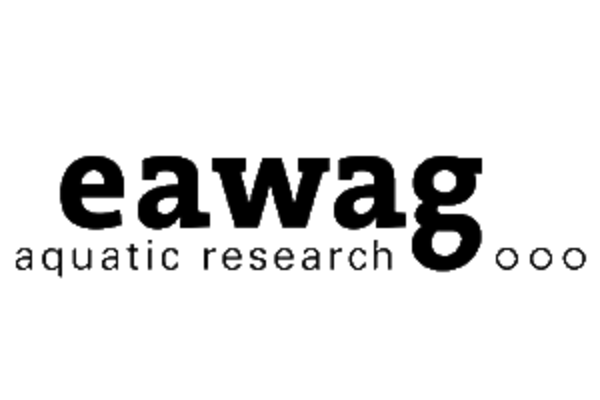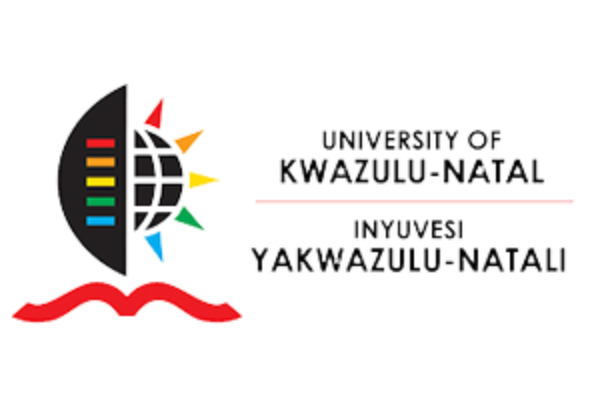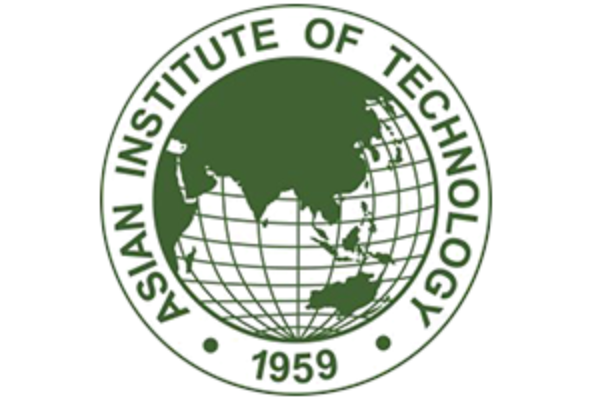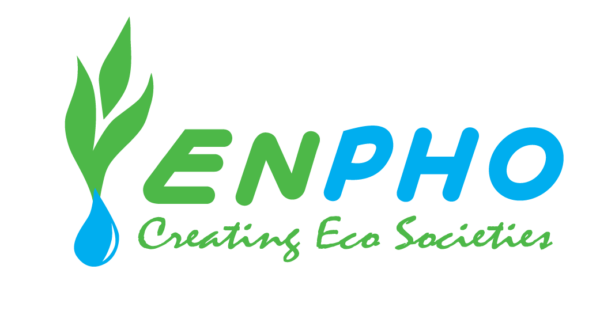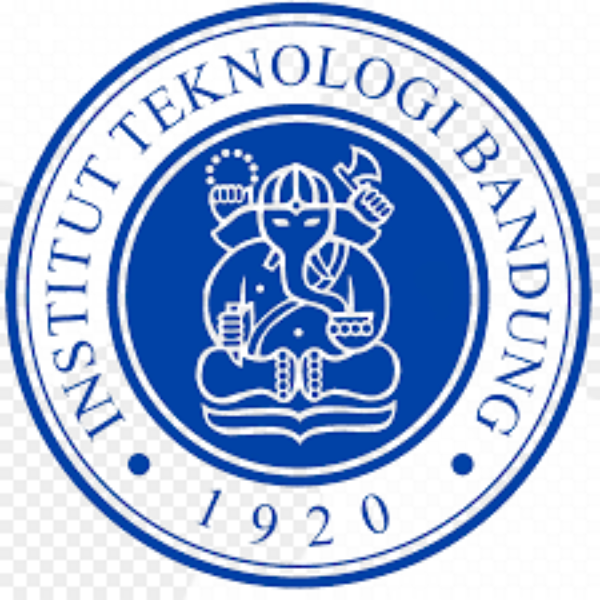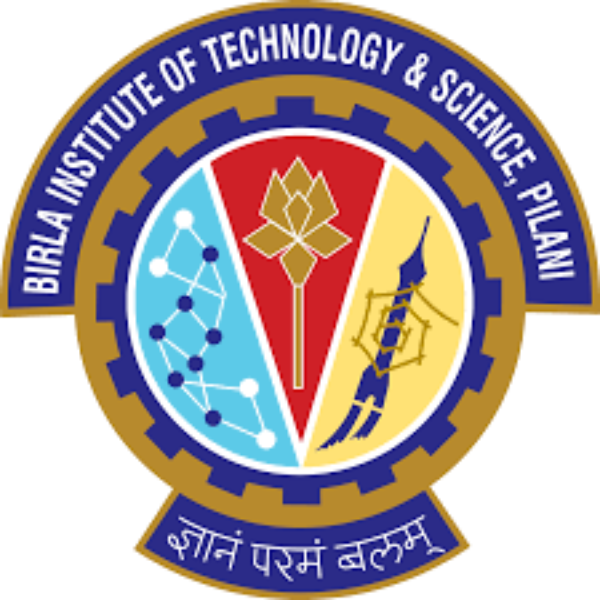Global Partnership of Laboratories for Faecal Sludge Analysis
Unlike for wastewater, specialized laboratories for faecal sludge analysis are scarce. In addition, due to the lack of standard methods for sampling and analysis of faecal sludge, standard methods from other fields, such as water, wastewater and soil science, are usually applied.
That is why the experts on faecal sludge analysis recently established a Global Partnership of Laboratories for Faecal Sludge Analysis to address these challenges and to work towards standardized methods for the characterization and quantification of faecal sludge from onsite sanitation technologies, including sampling techniques and health and safety procedures for faecal sludge handling. The Partnership also delivers on-campus courses and training and aims to improve communication between sanitation practitioners, provide a comparative faecal sludge database, and improve confidence in the methods and obtained results.


